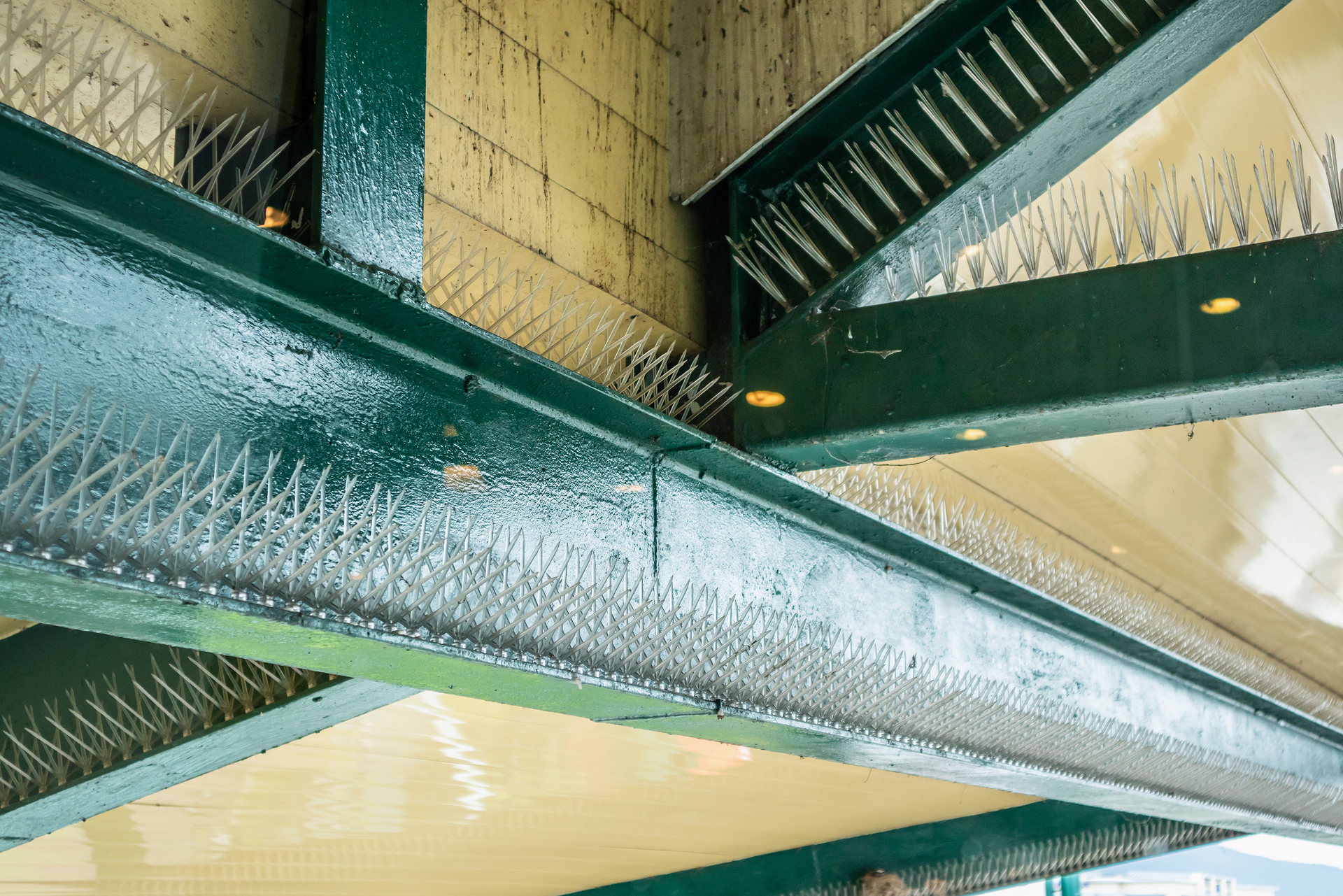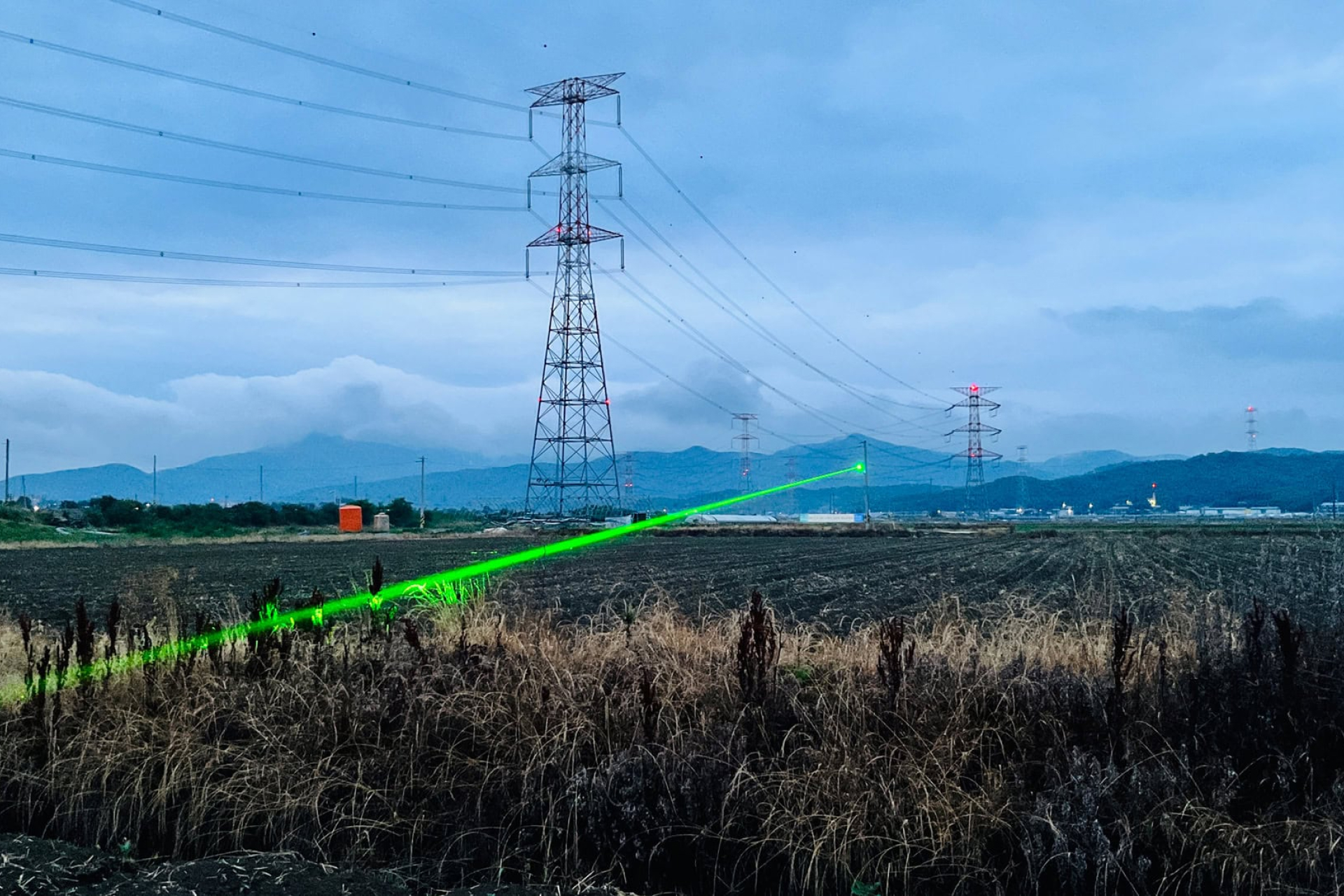Why prevention is crucial to commercial bird control

Fire Hazards

Leakage

Unsafe work conditions

Transmitted diseases

Damage to buildings
Seagull deterrent sound systems use audio signals to make gulls feel threatened or uncomfortable, causing them to leave the area. These devices are often called bio acoustic deterrents or bird distress call systems.
Modern bird sound deterrents are typically programmable; you can select calls of specific species (for example, herring gull distress calls to target herring gulls) and set them to play at certain times or random patterns.
Auditory deterrent systems work best as part of an integrated approach. For example, a bio-acoustic speaker can be used in the early morning or dusk when gulls gather, to keep them from settling, while other measures like spikes or kites are also in place.
Seagulls are highly visual creatures and quickly notice potential threats from above. Seagull deterrent kites tap into this instinct by mimicking the presence of a natural predator. A hawk kite (or gull deterrent kite) is essentially a kite or windsock shaped like a bird of prey.
This triggers the gull’s fear of predators and will keep most gulls from landing underneath or nearby. Kites are a simple yet powerful visual deterrent: they require no electricity, cover a good area (as the kite can be seen from a distance), and they move unpredictably with the breeze, which prevents gulls from getting used to them.
Specialised handheld or automated laser devices project a green laser beam that birds perceive as a physical threat moving toward them. Gulls, with their keen eyesight, interpret an approaching laser spot as if it were a swooping predator or some dangerous object, triggering them to take flight.
Laser deterrents have been used successfully to clear seagulls from warehouses, airport runways, and large industrial roofs; often at dawn or dusk when the laser is most visible. They are silent and cover a wide area. They can be an excellent addition to a gull control program, especially for large commercial sites where other methods are hard to deploy across the whole area.
Effortless bird control
Our Happy Customers
Thousands of customers from different sectors worldwide rely on our bird control services to solve their bird problems.
Seagull Deterrent FAQs
Get a Quote
To provide you with the local support that you need, we rely on a network of trusted partners around the world. Please fill out the form below to begin.




